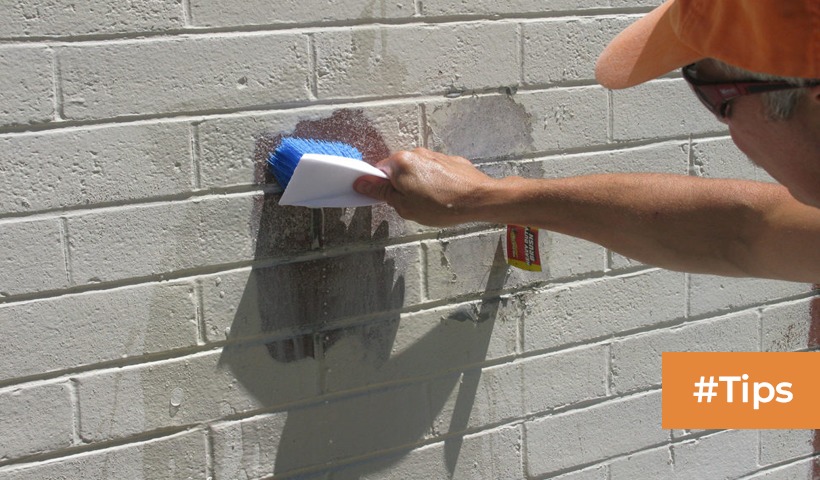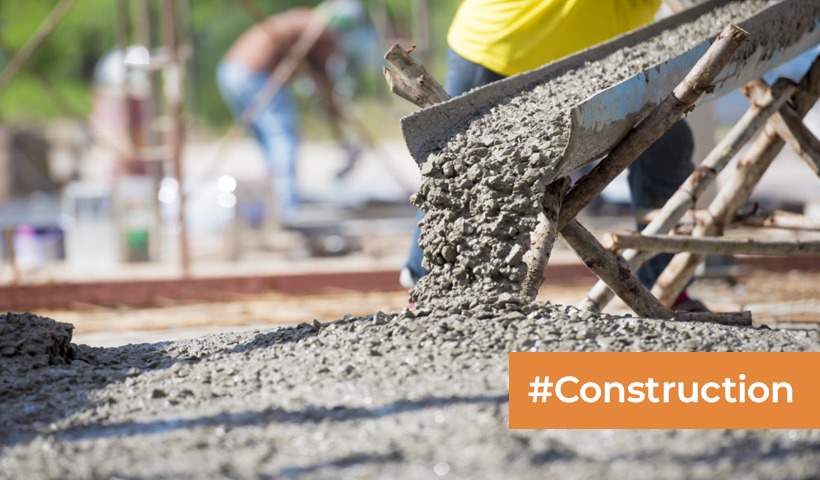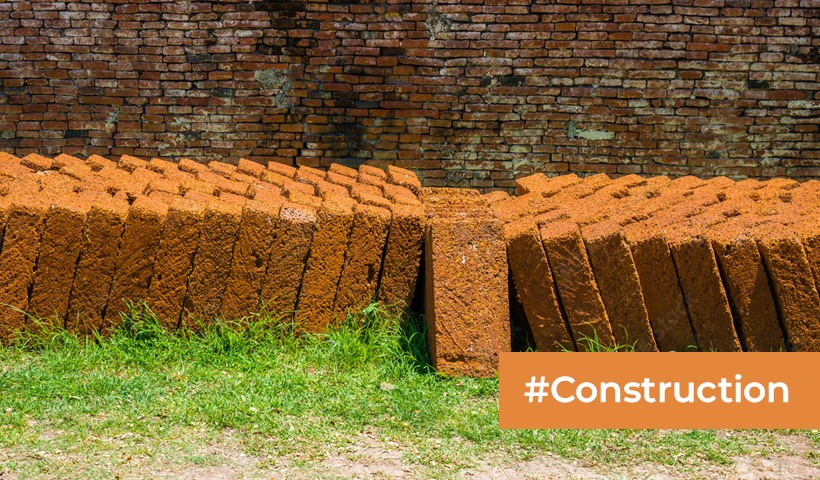A Glossy Journey: Exploring the Many Faces of Lacquer!
Lacquer is a versatile and ancient finishing material that has been used for centuries to protect and enhance various surfaces, particularly wood. This glossy and durable finish has a rich history, and its modern applications extend beyond furniture and woodwork. In this comprehensive guide, we’ll explore the meaning of lacquer, its uses, and its diverse applications in today’s world.
The Meaning of Lacquer:
Lacquer, in its most basic form, is a clear or colored varnish made from a solvent-based solution of natural or synthetic resins. These resins are often mixed with pigments or dyes to create a wide range of colors and finishes. Lacquer is known for its ability to dry quickly, forming a hard and glossy surface that provides protection and enhances the appearance of various materials.
Historical Significance:
Lacquer has a rich history, with its origins dating back to ancient China. The Chinese were among the first to develop and use lacquer as a finishing material for furniture, ceramics, and artwork. Over time, the use of lacquer spread to other Asian countries, including Japan and Vietnam, each with its unique lacquer traditions.
Uses of Lacquer:
- Wood Finishing: Lacquer is a popular choice for finishing wood surfaces, including furniture, cabinets, and musical instruments. It provides a glossy and protective layer that enhances the natural beauty of wood.
- Metal Coating: Lacquer is used to coat metal objects, such as jewelry, to prevent tarnishing and corrosion. It also adds a decorative element to metal surfaces.
- Automotive Industry: Lacquer-based automotive paints were once common but have been largely replaced by modern automotive finishes. However, some classic car enthusiasts still prefer the look of traditional lacquer paint.
- Art and Crafts: Lacquer is used in art and crafts, including painting, sculpture, and pottery. It can be applied as a finish or used as a decorative element.
- Printmaking: In printmaking, lacquer is often used as an etching resist or a protective layer on metal plates.
- Asian Lacquerware: Traditional Asian lacquerware, such as lacquered boxes and trays, showcases the exquisite craftsmanship of applying multiple layers of lacquer to create intricate designs.
Applications in Today’s World:
In modern applications, lacquer continues to be a valuable finishing material, particularly in:
- Furniture Industry: Lacquer provides a sleek and durable finish for contemporary and traditional furniture designs.
- Art and Design: Many artists and designers appreciate the versatility of lacquer for creating unique and glossy surfaces in their work.
- Restoration: Lacquer is used in the restoration of antique furniture and artworks, helping to preserve their original beauty.
- Customization: Lacquer allows for customization in the automotive industry and in the creation of personalized, handcrafted items.
Lacquer, with its rich history and versatility, remains a valuable finishing material in various industries and applications. Whether used to protect and beautify wood, metal, or other surfaces, lacquer continues to be a popular choice for those seeking a glossy, durable, and timeless finish. Its enduring appeal speaks to its remarkable qualities and adaptability in the ever-evolving world of craftsmanship and design.
Disclaimer: The views expressed above are for informational purposes only based on industry reports and related news stories. PropertyPistol does not guarantee the accuracy, completeness, or reliability of the information and shall not be held responsible for any action taken based on the published information.




